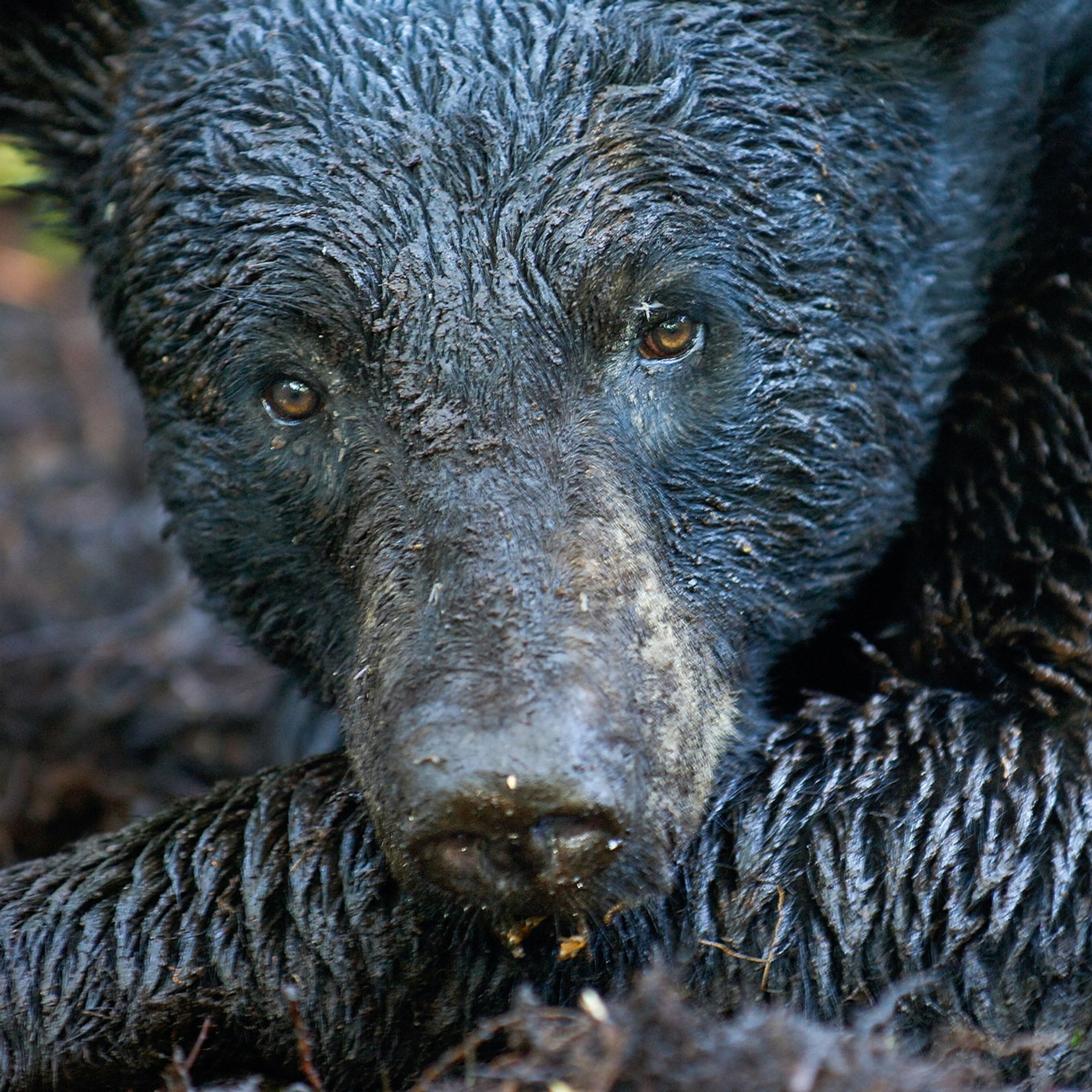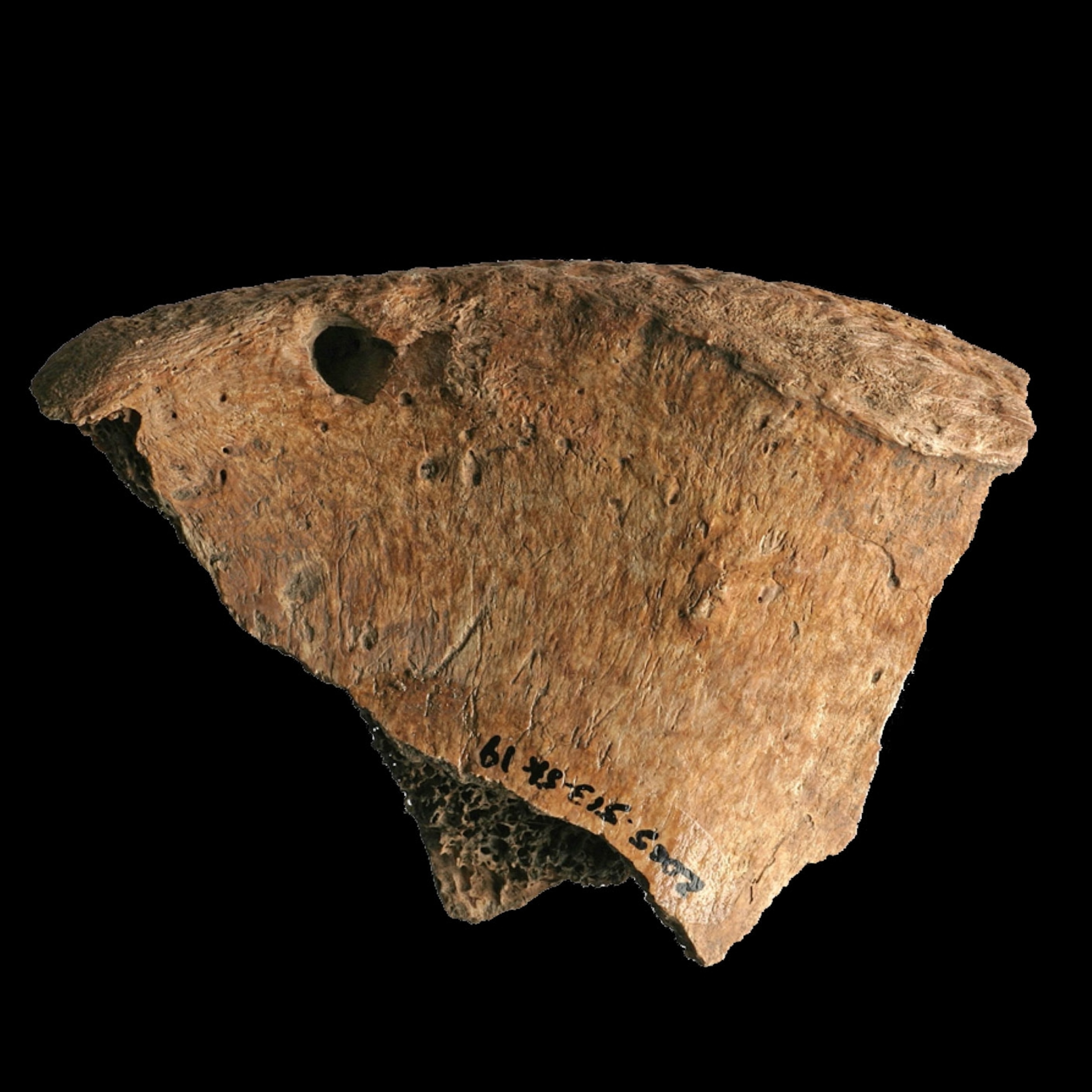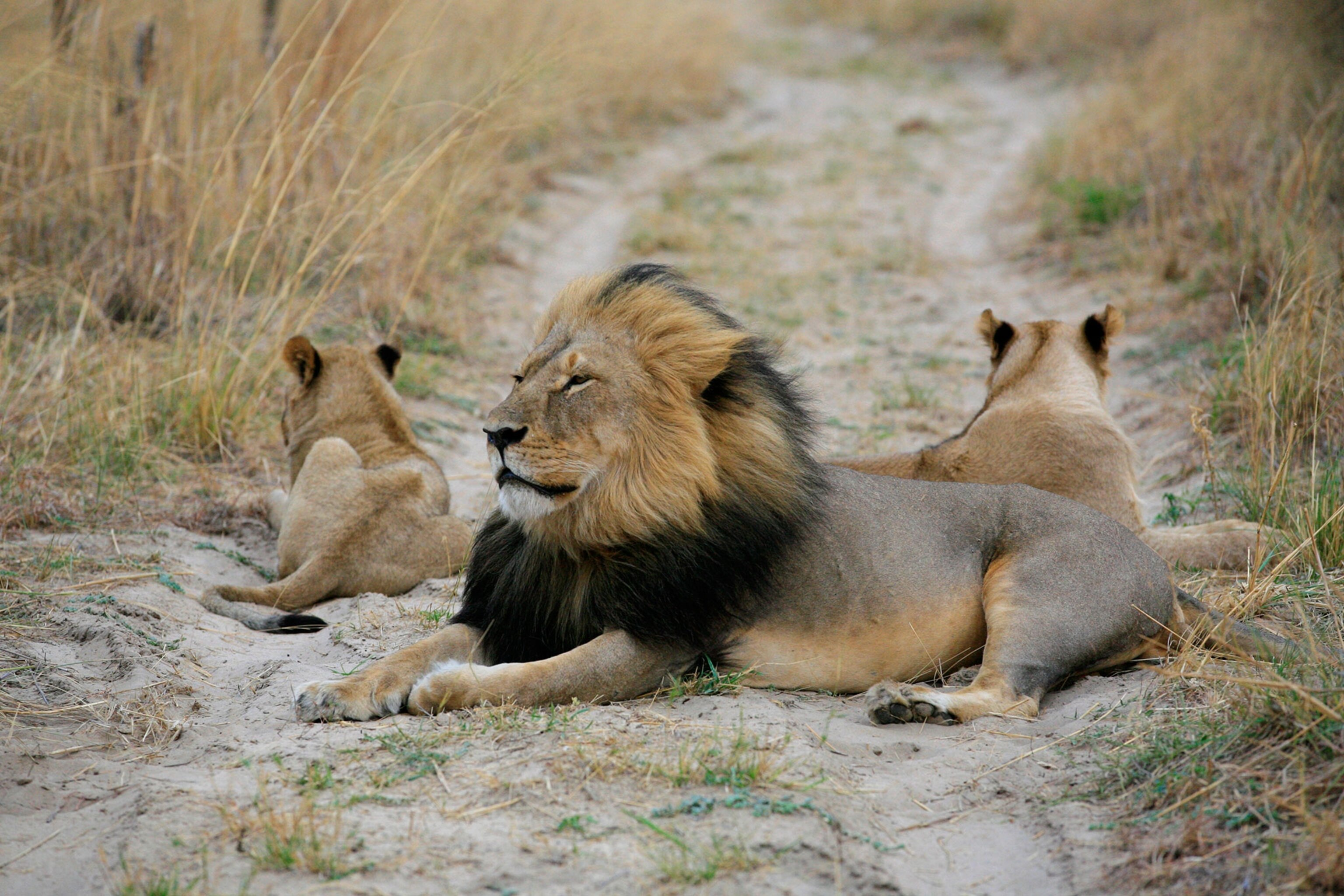
This Lion Expert Was Banned From Tanzania for Exposing Corruption
A conservationist writes about the battle to save Serengeti’s Lions.
The killing of Cecil the Lion by American dentist Walter Palmer caused outrage across the world.
But trophy hunting is just one of the problems facing the African lion. Exploding populations, ancient tribal rituals, and now corruption mean that our grandchildren may never experience a lion outside a zoo.
Since 1978, when he set up the Serengeti Lion Project, Texas-born Craig Packer, author of Lions In The Balance: Man Eaters, Manes and Men With Guns, has been on the front lines of the battle to save the king of the jungle.
But after Packer was banned from entering Tanzania for speaking out against corruption in the government’s wildlife sector the African lion lost one of its greatest champions.
Speaking from his home in Minneapolis, Packer explains how a visit to the Chauvet caves in France was one of the highlights of his life; why Maasai warriors need to find ways of proving their manhood other than by killing lions; and how corruption among high-ranking officials in Tanzania is threatening to destroy the lions of the Serengeti.
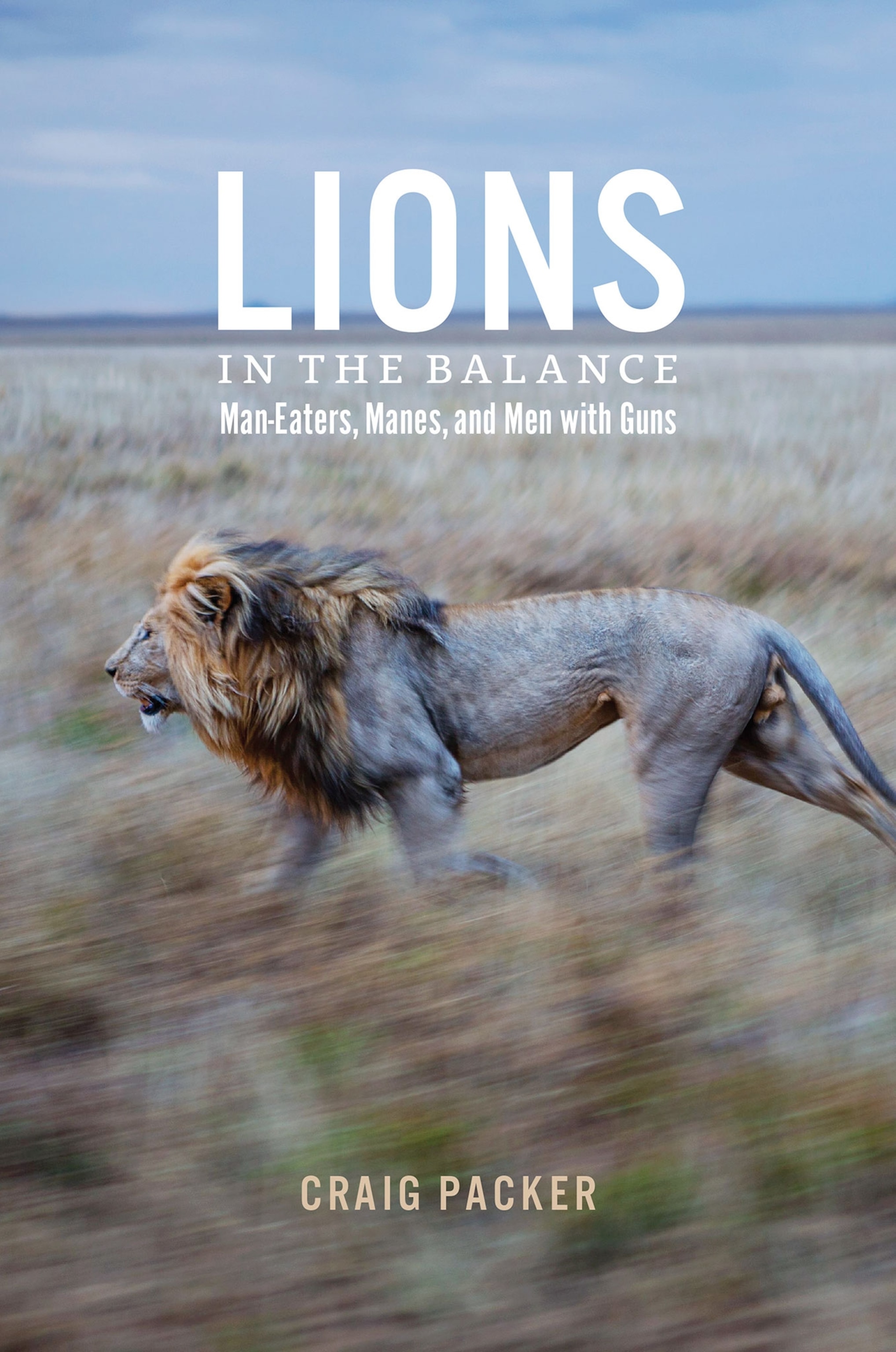
There aren’t many lions in Texas, Craig. What drew you to the king of the jungle?
[Laughs] I started out as a pre-med student, but I was also accepted to go to Africa to become a field assistant to Jane Goodall. When I got over there, I thought it was really intriguing to watch animals in their natural habitat—so I kind of forgot to go to medical school [Laughs] Growing up in west Texas, I spent a lot of time outdoors, and I always hoped I’d find something that would allow me to be outside as much as possible.
We have to address the killing of Cecil right up front. You explain in your book how hunting can protect species, if older lions are killed. And yet, Cecil was 13 years old. Why was Cecil so special, and what does his death say about the trophy hunting lobby?
Cecil was in a park where there was a lot of sport hunting. Lions are drawn out from the park by unscrupulous hunters, as he was, which meant that there was less competition for him, so he was able to live a lot longer than most male lions do.
In a funny way, he had a long life because there was so much trophy hunting. He must have been conspicuous, with his full size mane. But I think this is one of those social media phenomena. Here’s a lion with a name, shot by American, Walter Palmer, in questionable circumstances, who is susceptible to shaming, so the whole thing went viral.
There’s not much sport in trophy hunting. Shooting a lion on the bait is not much harder than shooting fish in a barrel.Craig Packer
You almost sound sympathetic. But what does it say about the trophy hunting culture?
The fact that it’s routine for hunting operators to bait lions from protected areas like Hwange National Park [in Zimbabwe] and that Cecil’s hunting permit was sold for such a small sum of money says just about everything you need to know.
It’s not an industry that generates significant funding for conservation. It doesn’t usually attract high-minded people, so you get a lot of dubious characters, who advertise their ability to get an animal for their clients. There’s not much sport involved. Shooting a lion on the bait is not much harder than shooting fish in a barrel.
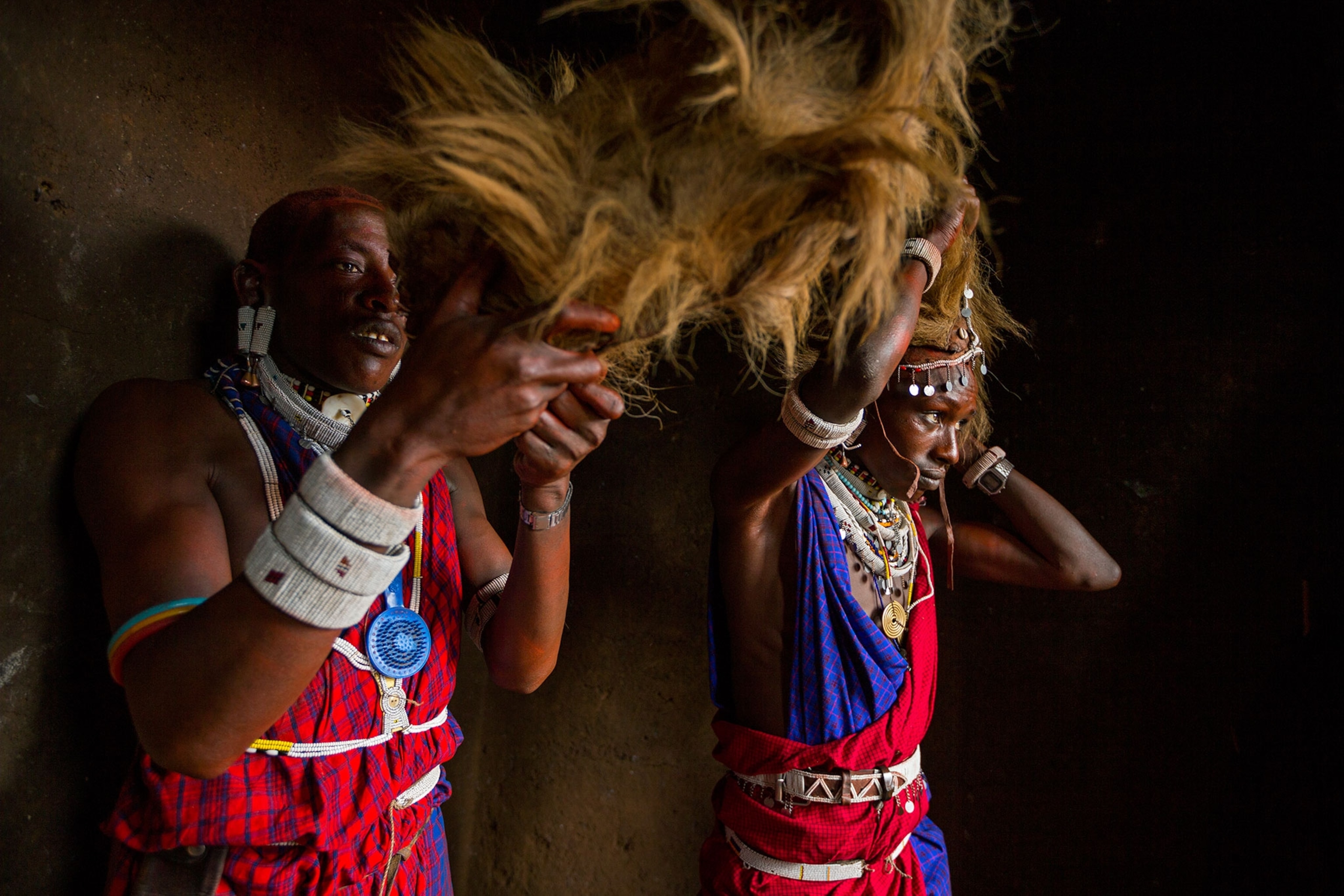
How do researchers and conservationists like yourself cope with the dilemma of accepting funds from NGOs like the Dallas Safari Club or other trophy hunting organizations?
At one point, I was working quite closely with the hunting industry under the assumption that they were willing to improve their hunting strategies. But as time went on, it became apparent that they weren’t interested in having much oversight of their activities or allowing anyone to measure what was going on.
In the initial phase, I did accept small sums of money, which I dedicated entirely to work related to hunting. But as it became apparent that they weren’t making good on their own promises to conserve lions, I made my concerns vocal. So they stopped offering me funding, which was fine, because I wouldn’t have accepted. It was clear they were mostly looking for window dressing to make them look good—rather than to actually do good.
The Maasai practice ritual lion killing as part of their manhood test. Can you talk about the problems and complexities around that tradition—and how you’ve worked with the Maasai?
Young warriors will want to have an adventure together, which may consist of killing a lion.Craig Packer
The Maasai population in East Africa has been growing rapidly, and as modern times have reached even the most remote parts of their traditional homelands, there are fewer ways they can express their manhood.
It’s illegal for Maasai warriors to kill lions in a ritual manner. But it’s often difficult to control the behavior of a group of excited young men who go to a party, get excited, and then spear a lion. So there have continued to be cases of ritual killings by Maasai in various parts of Tanzania.
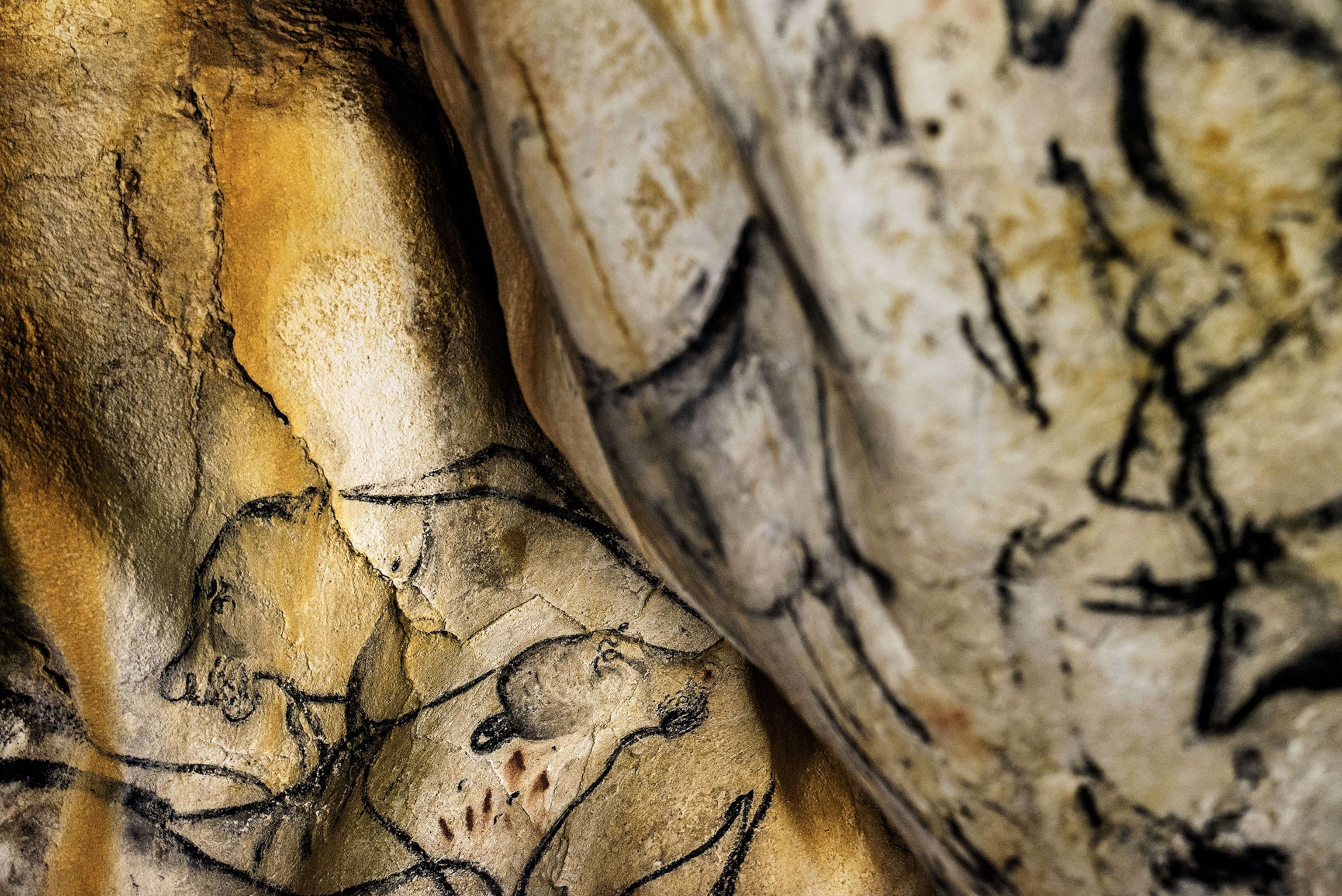
In many of these areas, while it’s not allowed to kill a lion for ritual purposes, it is legal to kill a lion that has caught and eaten livestock. So retaliatory killings are pretty much accepted. This gives the young men an excuse: Oh, we’re just tracking down a lion that killed grandma’s cows! With the growing awareness of the declining numbers of lions throughout East Africa, various programs have now been out in place that are trying to curtail the practice of both ritual killings and retaliatory killings.
My own team has started a conflict reduction project in the Ngorongoro Conservation Area, where many lions had been killed both in retaliation and for ritualistic purposes. It’s too early to say how successful this will be for several reasons. One is that there may be a limit to how many livestock can actually be protected in a very large area. There is also still the problem with young warriors, who, if they go to a wedding or some other big event, will want to have an adventure together, which may consist of killing a lion.
In the 1970s Tanzania had ten million people, but by 2048 you say there will be 160 million people. Is there room for wildlife in a world where the human population is growing at such rates?
There’s a huge challenge confronting conservation in Africa. The human population is growing so fast, unlike the rest of the world, where it has slowed down.
If the Tanzanian population does reach 160 million people in the next few decades, as predicted, I don’t see much hope for the conservation of many of the large habitats we see for the African lion today, unless there is an enormous change in attitudes.
One is to construct wildlife-proof fencing to separate people from animals and prevent elephants or lions from causing damage to crops and livestock. It would also serve as a permanent boundary that says, the land inside this fence cannot be converted to agriculture. Without a fence, we’re seeing a huge loss in habitat in Tanzania and enormous losses in the numbers of elephants, and probably lions.
You are one of the few non-French people to be allowed into the Chauvet caves in France. Take us inside that experience.
If the Tanzanian population does reach 160 million people in the next few decades, I don’t see much hope for the conservation of large habitats for the African lion.Craig Packer
It was a profound experience for me and one of the high points of my entire existence. I was invited by the head of the investigative team, who felt that because the art focused on certain species, they wanted experts to help interpret what the paintings might mean. They had previously asked a bison expert, so they invited me to help them with the lion paintings.
The paintings are so vibrant and alive, and yet they’re incredibly old. They were also clearly painted by people who watched in detail how lions interacted with each other and with their prey. I felt an extraordinary kinship seeing that interest in the behavior of lions expressed so beautifully on the cave walls.
On one wall, there’s an extraordinary painting of two lions. One is standing with its ears back in a way that makes it clear it’s the more dominant individual. The subordinate one is crouched down, snarling. I’ve seen that behavior when there is an encounter between different prides, and the detail conveyed in that painting took my breath away. It’s like, my God! these animals were under observation by people 36,000 years ago.
When I watch lions, I watch them from a Land Rover or through binoculars. These people didn’t have glass, they didn’t have wheels. But this scene was clearly observed by a very sensitive, insightful artist, who must have seen them from fairly close range.
One of the striking things about Chauvet is that the entrance to the cave is up on a cliff. Down below is an oxbow, and this would’ve been an area that lions would’ve come down to drink and hunt. I’m quite sure the artist would have sat up in the safety of the entrance to this cave and looked down at the valley below and watched the lions hunt dangerous prey, like woolly rhinos, mammoths, or giant elks. These would be very difficult for early humans to catch themselves, but once the lions had fed on them, the people would have gone down with their spears, chased the lions away, and scavenged the meat. To me, the paintings signify their respect for, and interest in, an animal that provided them with a crucial source of food.
You have had a difficult time in Tanzania recently. Can you tell us where your research stands on the lions of the Serengeti?
[Sighs] I was back in Tanzania in April, working with the BBC on a documentary about the project we’ve been doing in Ngorongoro crater on conflict mitigation. I had lost my research clearance the year before, so for the first time in many years I was visiting the reserves as a tourist.
After the filming was done, I went up to see the folks on the Serengeti Lion Project that I had headed for 35 years. While I was there, the chief park warden showed me some documents revealing that I was not allowed even to visit the park. In fact, I wasn’t even allowed inside the country.
I was banned from entering Tanzania because I had exposed corruption in the wildlife sector, particularly involving the trophy hunting of lions. It’s very difficult for me not to be allowed to go back to Tanzania, but I felt it was more important to tell the truth about how corrupt the wildlife sector in Tanzania has become. And how a few people with good connections are operating like strip miners, skimming off the remaining wildlife instead of helping to protect it.
What happens in the future is going to depend on whether people stop being so silly in their objections to putting a fence around the western side of the Serengeti, which is a series of cotton and maize fields and villages. Over a million people live along the park boundary, yet there’s no fence separating them from the park.
Intimate Portraits of Lions
Something also needs to be done about the cynical corruption within the country. On the east side of the park, the Maasai are more and more emboldened to come into the park to kill lions—and are not evicted because the local parliamentarians are encouraging them to claim the land as part of their ancestry.
So there are a lot of challenges. The two primary ones are the lack of that physical barrier along the agricultural boundary towards Lake Victoria and a lack of political will to invest in conservation rather than kowtowing to corrupt politicians.
Simon Worrall curates Book Talk. Follow him on Twitter or at simonworrallauthor.com.

